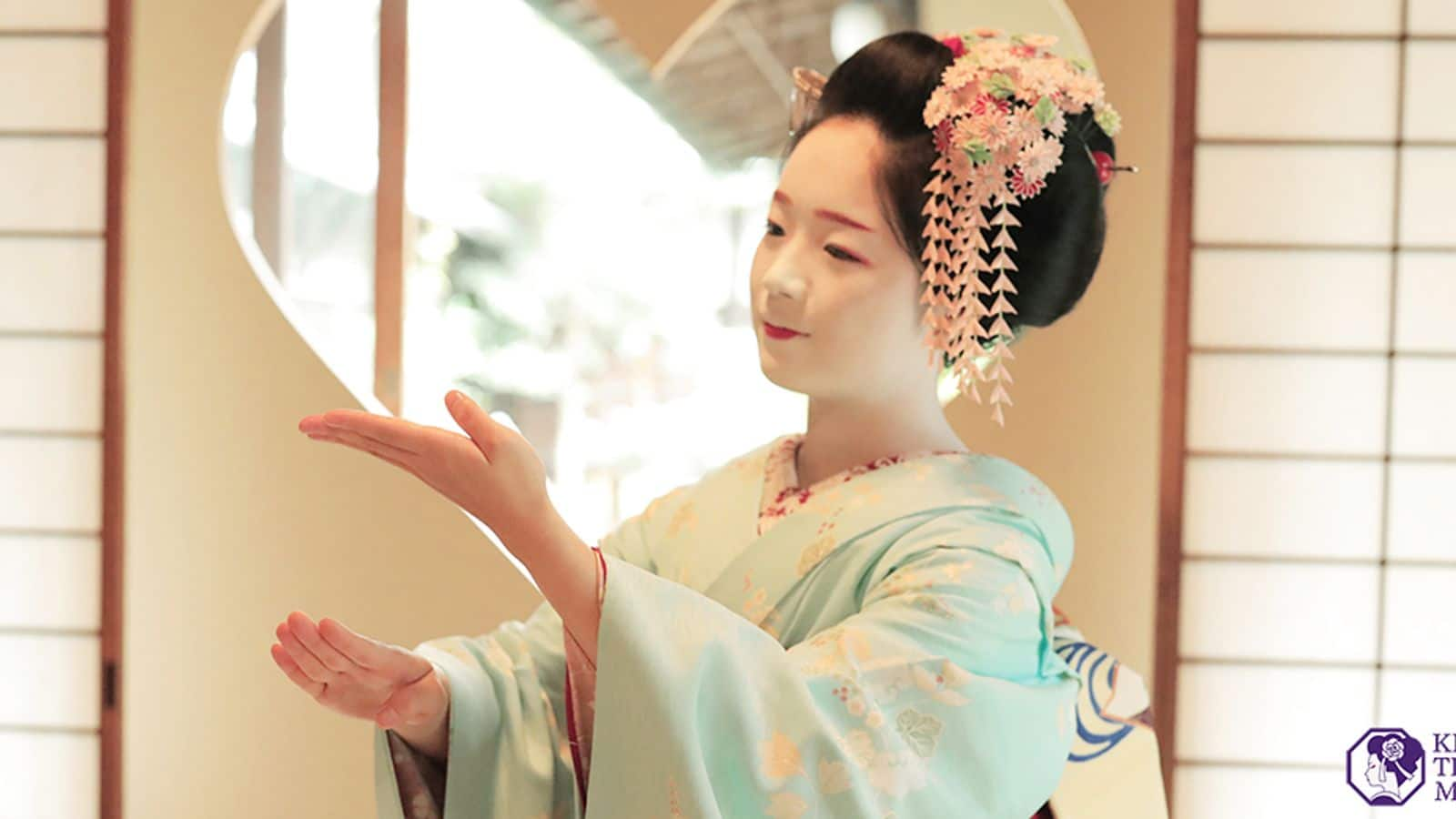
Unraveling Kyoto's geisha and samurai legends
What's the story
Kyoto, once the capital of Japan, is a city steeped in history and culture. It's a place where the past lives on in its temples, shrines, and wooden teahouses. Among its narrow streets, one can almost hear the whispers of geisha and the clank of samurai armor. This guide takes you through the myths and realities of these iconic figures.
Gion District
Exploring Gion's hidden corners
Gion is Kyoto's most famous geisha district, where these traditional entertainers have walked for centuries. Contrary to popular belief, geishas are not relics of the past but are highly skilled artists keeping ancient arts alive. A stroll through Gion at dusk offers a chance to see them heading to their appointments. Remember, while photography is tempting, respect and discretion are paramount.
Samurai history
The samurai legacy lives on
Samurai warriors have long been associated with Kyoto's history. While it's easy to think of them only as fierce warriors from Japan's feudal past, their legacy includes not just martial prowess but also contributions to culture and philosophy. The Kyoto Samurai & Ninja Museum provides an interactive experience that delves into this rich history without glorifying conflict.
Arts & crafts
Discovering traditional arts
Kyoto is a treasure trove of traditional Japanese arts that go beyond the world of geishas and samurais. From intricate kimonos to delicate tea ceremonies and the precise art of ikebana (flower arranging), there are numerous workshops available for travelers keen on experiencing these cultural practices firsthand. These workshops offer a deeper understanding of Japanese aesthetics and philosophy.
Geisha myths
Myths debunked: Geishas are not what you think
One common myth about geishas is that they were courtesans; however, this is far from true. Geishas are highly trained professionals in arts such as dance, music, and conversation - their role has always been to entertain guests with these skills rather than anything else implied by misconceptions. Learning about their rigorous training process sheds light on their dedication to preserving traditional Japanese culture.